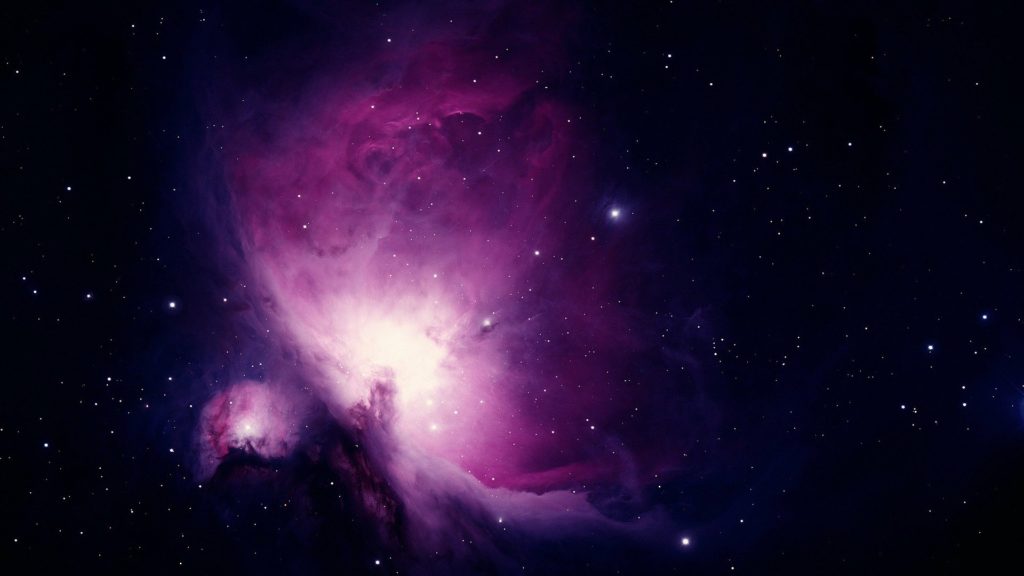Astronomers have discovered what they think is a brand new black hole, and if they’re right, it’s no longer that a long way far from Earth. At a mere 1,000 mild-years away, the small black hole would be our cosmic neighbor — the nearest one to our planet ever found.
Being a black hollow, the item is impossible to see directly with contraptions from Earth, as no mild escapes it. So scientists working at the European Southern Observatory (ESO) in Chile certainly inferred that that item is where they think based on the moves of stars nearby, consistent with a new examine posted in Astronomy & Astrophysics.
It’s about 1,000 mild-years away, or roughly 9.five thousand, million, million km, within the Constellation Telescopium. That might not sound very near, but on the size of the Universe, it’s certainly right next door. Scientists observed the black hole from the manner it interacts with stars – one that orbits the hollow, and the alternative that orbits this inner pair. Normally, black holes are observed from the manner they have interaction violently with an accreting disc of gas and dust. As they shred this material, copious X-rays are emitted. It’s this high-power sign that telescopes detect, no longer the black hole itself.

So this is an unusual case, in that it is the motions of the stars, together called HR 6819, that have given the game away.
“This is what you may name a ‘darkish black hollow’; it’s virtually black in that sense,” stated Dietrich Baade, emeritus astronomer on the European Southern Observatory (ESO) corporation in Garching, Germany.
The ESO says that the hidden black hollow in HR 6819 is one in every of the first actual stellar-mass black holes found that do not engage violently with their on the spot surroundings and, therefore, appear certainly black. Its presence could most effective be spotted and the calculations of the mass could most effective be performed by studying the orbit of the star inside the internal pair. “An invisible object with a mass at least 4 times that of the Sun can best be a black hollow,” says ESO scientist Thomas Rivinius, who led the study.
This isn’t the cease of it. Scientists trust that this unique black hollow discovery could certainly lead them to affirm a 2d system, already underneath observation.
“We realised that some other system, known as LB-1, might also be one of these triple, though we’d want extra observations to mention for sure,”